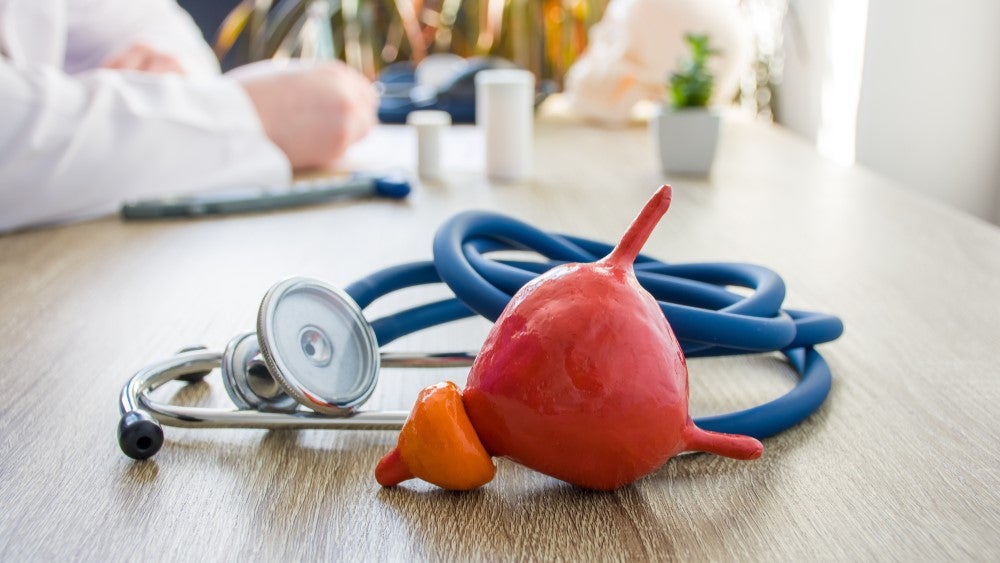One-year follow-up data from a clinical trial evaluating Urotronic’s Optilume BPH Catheter System has been published in the peer-reviewed American Urological Association journal, Journal of Urology.
The drug-device system was first approved by the US Food and Drug Administration (FDA) in December 2021 to treat urethral strictures.
Benign prostatic hyperplasia (BPH) is the enlargement of the prostate gland, which occurs in 80% of men over 80 years of age. Lower urinary tract symptoms (LUTS) can occur due to BPH, and these can increase the severity and frequency of BPH progression.
Optilume’s BPH Catheter System is a minimally invasive surgical therapy (MIST) that uses a double-lobe balloon to dilate the urethral lumen, thereby, relieving pain. The balloon is coated in paclitaxel, a chemotherapeutic drug, to ensure the lumen is unobstructed and prevents new scar tissue formation due to dilation.
"MISTs for BPH have done well minimising negative effects seen with more invasive treatments such as transurethral resection of the prostate (TURP), but they have failed to achieve their goal of replacing flow rates (Qmax) – until now," said Dr Kaplan, the principal trial investigator.
"The improvement seen for Qmax and post-void residual volume (PVR) through one year represents the largest seen in BPH MIST trials to date. Optilume BPH is an attractive option for physicians and patients looking to maintain sexual function while achieving durable symptom relief and improved flow."
Long-term trial data
The randomised clinical trial (NCT04131907) evaluated the efficacy and safety of the drug-device system over 12 months in 148 patients with LUTS secondary to BPH.
The questionnaire to assess the severity of a person’s prostate symptoms, the International Prostate Symptom Score (IPSS), showed a reduction in the severity of symptoms. The patients receiving Optilume BPH observed about an 11.5-point decrease in IPSS score after one year, compared to an eight-point decrease seen in the sham arm at three months.
The flow rates also showed an improvement, with the Qmax improving by up to 10ml/s (normal Qmax is more than 15ml/s) after one year of Optilume BPH treatment, compared to baseline. There were no changes observed in the erectile and ejaculatory function scores.
A GlobalData market analysis model estimates the nephrology and urology device market to grow up to £13.2bn by 2030.









